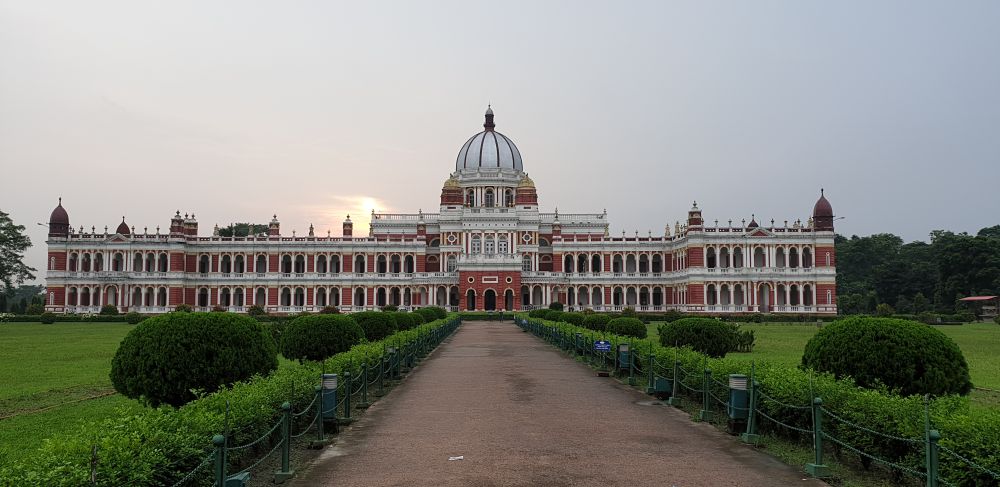

The history of tourism in Cooch Behar, a district in the state of West Bengal, India, is quite recent compared to the antiquity of the land itself. This region, once a princely state under the Koch Dynasty, has seen a steady growth in the number of tourists since the late 20th century. Known for its rich heritage and culture, Cooch Behar was not always on the tourism map primarily due to its location, away from conventional tourist circuits and relatively lesser-known status.
Historically, Cooch Behar's prominence can be traced back to the Koch dynasty that ruled over the region from the early 16th century. The Cooch Behar Palace, also known as the Victor Jubilee Palace, built under the reign of Maharaja Nripendra Narayan, is a landmark that draws a significant number of visitors today.
It was not until the late 20th century that efforts to promote Cooch Behar as a tourist destination began. With the establishment of better connectivity through road and rail links, Cooch Behar started to welcome a larger influx of visitors. The Government of West Bengal, recognizing the potential of the region, initiated many projects to develop tourism infrastructure. These included the restoration of historic sites, improving accommodations, and creating a tourist-friendly environment.
The promotion of cultural festivals, such as the Rash Mela, and the beauty of the Madan Mohan Temple further fueled interest among both domestic and international tourists. Over time, the annual migration of the Siberian birds to the Rasikbil Bird Sanctuary also became a major natural attraction. With a strategy to enhance eco-tourism, other natural sites like the Chilapata Forest and the Dooars foothills became part of the integrated tourism circuit to attract wildlife enthusiasts.
In recent years, Cooch Behar has embraced tourism trends that focus on heritage conservation and sustainable travel. With the growing popularity of thematic tours and experiential travel, Cooch Behar's offer of historical walks and interaction with local culture has gained momentum. Homestays and heritage accommodations have also emerged, allowing tourists to immerse themselves deeply in the local lifestyle.
In terms of newer trends, digitalization has transformed how tourists interact with the destination. Virtual tours of the Cooch Behar Palace and online access to cultural documentation have made the history of this region more accessible to a global audience.
Despite its charm and potential, Cooch Behar still faces challenges in terms of tourist footfall compared to more famous destinations. However, with continued efforts to preserve and promote its unique heritage and natural beauty, along with an emphasis on sustainable tourism practices, Cooch Behar looks set to carve a distinct niche in West Bengal’s tourism scene.
As travel trends evolve, Cooch Behar is adapting to become an off-the-beaten-path destination that offers a blend of history, culture, and nature, which is expected to grow further as travelers seek new and authentic experiences.